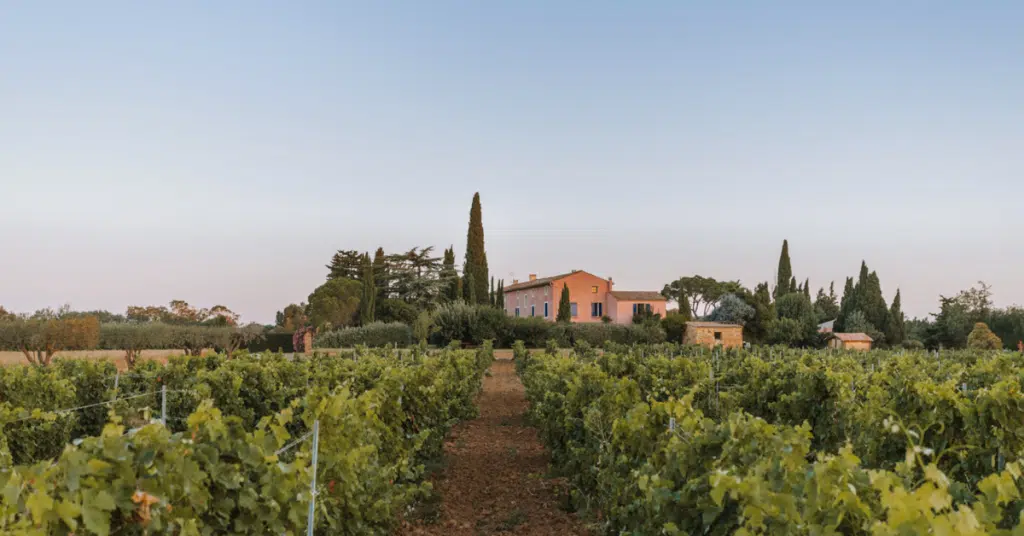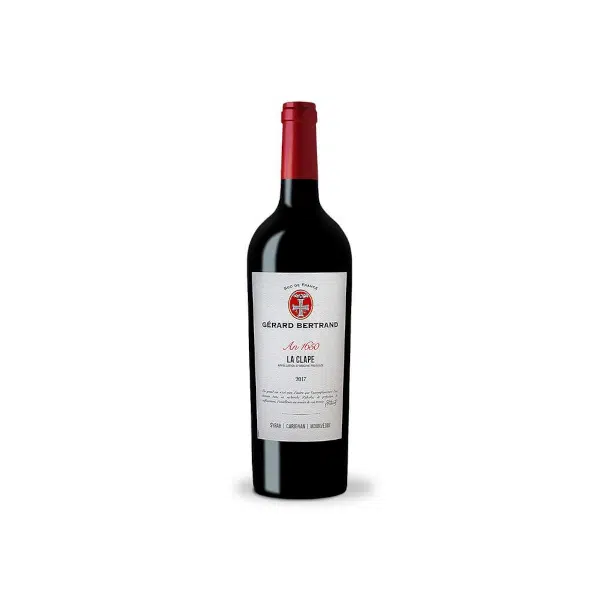The Languedoc, France

Continuing our armchair journey through the world’s best wine-producing regions, in this article we’re exploring the Languedoc. We’ll highlight what makes Languedoc’s wines different and showcase one particular wine that we think encapsulates the region’s unique characteristics.
What makes the Languedoc special as a wine growing region?
Languedoc has an incredibly long history of winemaking. It seems the Greeks introduced vines to the area in the 5th century BC; then in the following centuries, the Romans – who were prolific and expert wine-makers – developed and expanded winemaking here. Nowadays the Languedoc is one of the biggest wine regions in the world, and by itself produces about a third of France’s organic wines.
The Languedoc region lies in the south of France. It includes part of the Mediterranean coastline and inland plains stretching north to the Cévennes mountains, east to the Rhône Valley, west to the foothills of the Pyrenees and south to the adjacent region of Roussillon. The variation in the landscape and its geology means that a wide range of grape varieties grow here. In the mountains, small vineyards cling to the valley sides much as they would have in Roman times; however on the plains, large scale production is easier and this is where the bulk of the grapes are grown. Imagine a sun-drenched Mediterranean landscape dotted with mediaeval villages surrounded by rows and rows of grapevines. The reliably sunny climate and free-draining soils provide perfect conditions for growing grapes. Also, strong winds blowing through protect the vines to a certain degree from pests and disease; this helps the region sustain a high level of organic wine production.
Primarily a red wine region, Languedoc’s wines are typically (but not exclusively) blends of carignan, grenache, mourvèdre, cinsault and syrah grapes. In 2019, the “Best Red Wine in the World” came from the Languedoc; it was a blend of grenache, mourvèdre and syrah from Gérard Bertrand’s winery at Château L’Hospitalet, voted for by the International Wine Challenge.
What makes Languedoc winemakers different?
Throughout history, wine from the Languedoc enjoyed a reputation for high quality. That was until phylloxera (a sap-sucking insect pest of grapevines originally from North America) devastated the vines in the late 19th century. Subsequently, higher-yield vines were planted and production concentrated on greater volumes in the early to mid 20th century. However, in the hills to the north and west, traditional viticulture methods and small scale production survived.
In the last three decades or so, winemakers in the greater Languedoc area have been turning to these traditional and particularly organic and sustainable viticultural practices, whilst at the same time learning from the success of New World wines in order to innovate. Production of lower volume, higher quality wines has consequently increased; and a substantial proportion of all the wine produced is organic. The Languedoc now produces some of the best red wines in the world, along with some exceptional rosés, unique white wines and sparkling wines to rival those of Champagne further north.

Gérard Bertrand’s Héritage 1650 – La Clape is a delicious example of a red wine blend from Languedoc. This wine is made from syrah, carignan and mourvèdre grapes from a single limestone terroir in the La Clape appellation; the winemaker carefully selects the hand-picked grapes, macerating them in steel tanks for around three weeks before aging in barrels for eight months.
In the glass, the wine is ruby red; hints of vanilla round off the dark berry and floral aromas; then flavours of berries and stone fruit balance with spice and silky tannins. This is a smooth, elegant wine with an impressively long finish. Complex, well structured and full-bodied, it is an ideal match for grilled lamb, roasted game, hearty Mediterranean vegetable dishes, and medium-strength or creamy cheese.
Continue exploring
Since travel is restricted these days, why not explore the Languedoc through its eighteen appellations? Experts in blending native grape varieties, Languedoc winemakers are able to bring out the individual terroirs in the wines and make them sing. And don’t forget the rosés, whites and sparkling wines either! The Languedoc borders the Provence wine region, famous for its rosés; many Languedoc rosés are at least as good as their Provençal counterparts. Additionally, don’t miss the unique sparkling wines from Limoux, which feature mauzac grapes giving distinctive flavours of apple and fresh cut grass.
As you sip your chosen Languedoc wine, sit back and plan your trip to the south of France. Numerous wineries welcome tourists, and some provide excellent lunches to accompany their wines. Imagine the pleasure of exploring the quaint mediaeval villages and Roman towns, and basking in the Mediterranean sunshine. And most of all, consider how two thousand-plus years of winemaking in this region has influenced the flavours and aromas of the drink in your hand.
